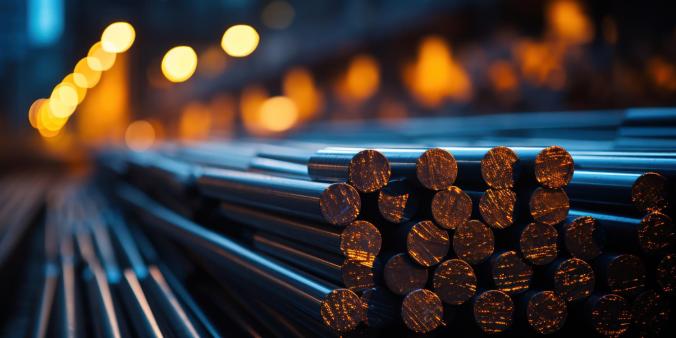The First Commercial Sand-based Thermal Energy Storage in the World Is in Operation
Polar Night Energy’s first commercial sand-based high temperature heat storage is now in operation at Vatajankoski power plant area. The heat storage, which has a hundred tons of sand inside, is producing low emission district heating to the city of Kankaanpää in Western Finland. BBC made a story about Polar Night Energy’s heat storage solution.
Polar Night Energy and Vatajankoski, an energy utility based in Western Finland, have together constructed a sand-based thermal energy storage. It is the world's first commercial solution to store electricity in the sand as heat to be used in a district heating network.
The storage, with Polar Night Energy’s patented heat storage system inside, is placed on Vatajankoski’s power plant area, and it provides heat for Vatajankoski’s district heating network in Kankaanpää.
– The construction of the storage went well, especially considering that the solution is completely new. We managed to get everything in order despite some challenges and a short delay. Now the sand is already hot, says Polar Night Energy’s Co-Founder and CTO Markku Ylönen and continues:
– We have already learnt that our system has even more potential than we initially calculated. It’s been a positive surprise.
The actual heat storage is about 4 meters wide and 7 meters high steel container that has an automated heat storage system and a hundred tons of sand inside. As a material, sand is durable and inexpensive and can store a lot of heat in a small volume at a temperature of about 500–600 degrees Celsius.
A small pile of sand that was left over from the heat storage.
The heat storage has 100 kW of heating power and 8 MWh of energy capacity.
– This innovation is a part of the smart and green energy transition. Heat storages can significantly help to increase intermittent renewables in the electrical grid. At the same time we can prime the waste heat to usable level to heat a city. This is a logical step towards combustion-free heat production, says Ylönen.
Vatajankoski uses the heat provided by the storage to prime the waste heat recovered from their data servers which are intended for high-performance computing. Depending on the season, the temperature of the 60-degree waste heat from the servers must be raised to 75–100 degrees before it is fed into the district heating network.
BBC News Made a Story About Polar Night Energy’s “Sand Battery”
BBC, the national broadcast company of the UK, visited us in Finland. During two days of filming, BBC’s Environmental Correspondent Matt McGrath and cameraman Tony Jolliffe examined Polar Night Energy’s pilot in Hiedanranta, Tampere and the heat storage in Vatajankoski, Kankaanpää.
BBC’s Environmental Correspondent Matt McGrath (in the middle) and cameraman Tony Jolliffe (right) interviewing Polar Night Energy’s Co-Founder and CEO Tommi Eronen (left).
They interviewed an energy and climate specialist Elina Seppänen from the City of Tampere and the managing director Pekka Passi from Vatajankoski in addition to the company founders Markku Ylönen and Tommi Eronen.
At the end of the second day, we made a trip to a place where they use the heat: the pool of Kankaanpää’s swimming hall is heated by district heating from Vatajankoski. Therefore, it was only natural (and funny) that part of the story was filmed in a pool of warm water.
Inside the article Vatajankoski’s Pekka Passi tells BBC that the storage is working fine and gives an apt comment: "It's a bit crazy, if you wish, but I think it's going to be a success."
Read the story: Climate change: 'Sand battery' could solve green energy's big problem - BBC News
Read more about the topic, Maintworld 2/2022: Sand-Based-Heat-Storages-are-a-Hot-Topic









